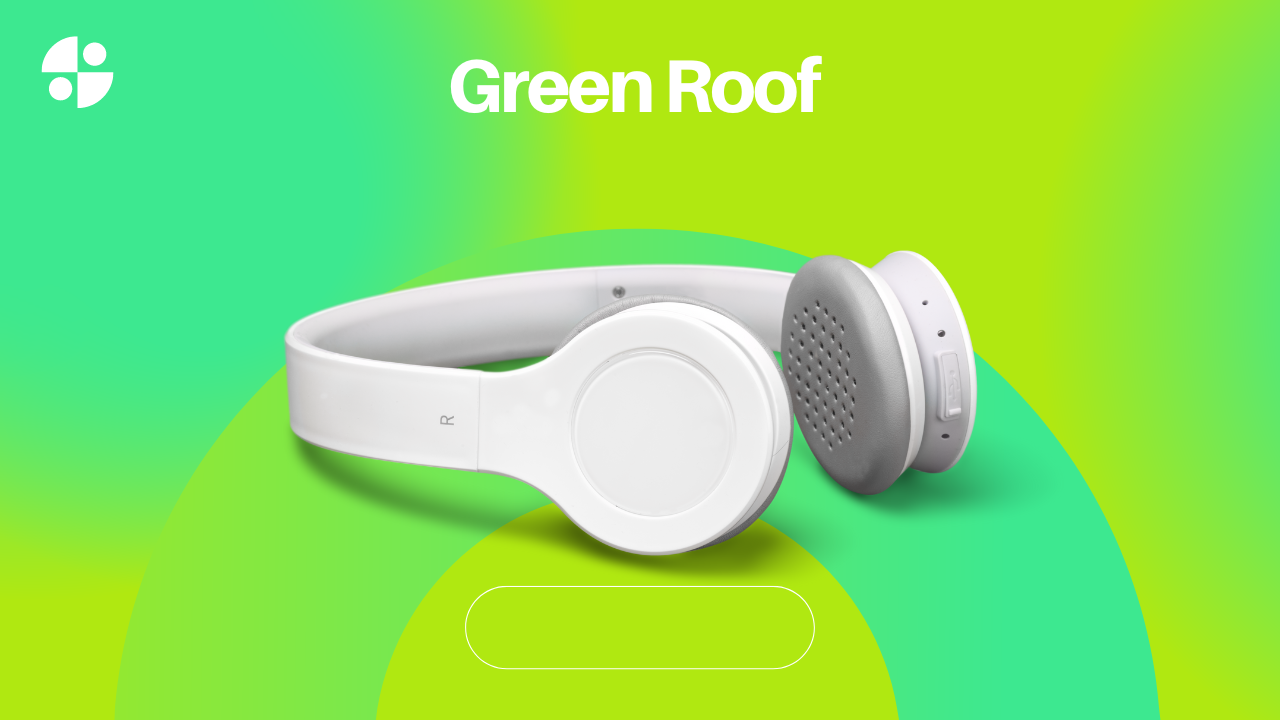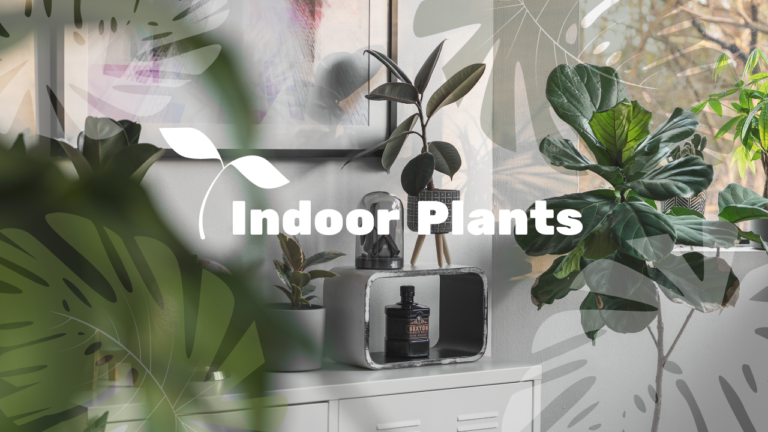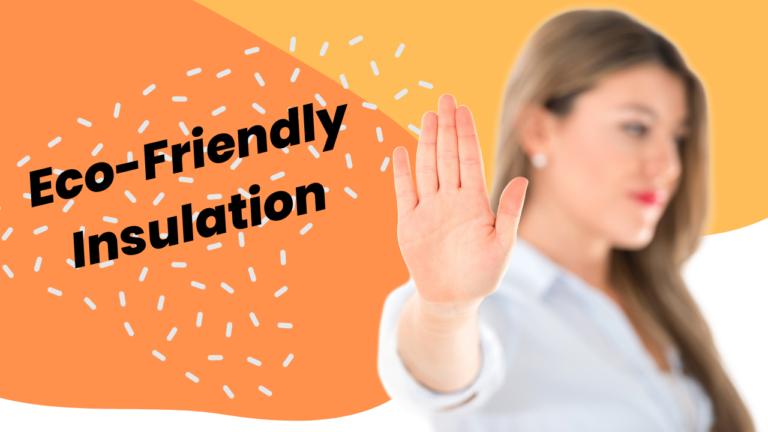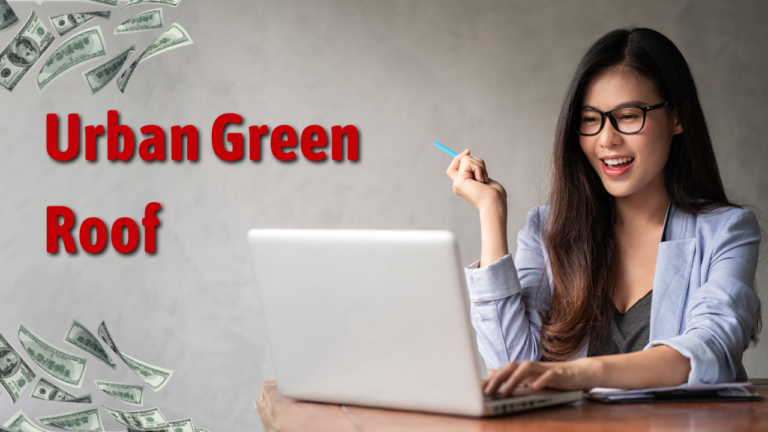Cost-Effective Green Roof Solutions for Small Buildings: Affordable Options for Sustainable Architecture
Green roofs are increasingly recognized for their environmental benefits, but many assume they are only feasible for large-scale projects. However, cost-effective green roof solutions for small buildings offer a practical and affordable way to incorporate green infrastructure into smaller properties. This article explores various budget-friendly options for installing green roofs on small buildings, their benefits, and practical considerations for implementation.
Understanding Cost-Effective Green Roof Solutions
In exploring cost-effective green roof solutions for small buildings, it’s crucial to understand the basic principles and options available. Green roofs can be a cost-effective way to enhance building sustainability, even for smaller projects.
What Are Green Roofs?
Green roofs, or living roofs, are covered with vegetation and a growing medium. They come in various types, each with different cost implications:
- Extensive Green Roofs: These have a shallow substrate and support low-maintenance plants. They are generally less expensive to install and maintain, making them a viable option for cost-effective solutions.
- Intensive Green Roofs: These have a deeper growing medium and support a wider variety of plants. They are more complex and costly but can be adapted for smaller projects with careful planning.
Cost-Effective Options for Small Buildings
When looking at cost-effective green roof solutions for small buildings, several strategies can help reduce costs while still achieving the benefits of green roofing.
1. Opt for Extensive Green Roof Systems
Extensive green roofs are a practical choice for small buildings due to their lower installation and maintenance costs.
- Shallow Substrate: The shallow growing medium (2-6 inches) reduces the weight and structural requirements, leading to lower installation costs.
- Low-Maintenance Plants: Choosing hardy, low-maintenance plants can minimize ongoing care and reduce long-term expenses.
2. DIY Green Roof Installation
For those with the skills and resources, a DIY approach can be a cost-effective way to implement a green roof.
- Cost Savings: Performing the installation yourself can save on labor costs, though it requires careful planning and knowledge of green roof systems.
- Pre-Fabricated Kits: Some companies offer green roof kits designed for DIY installation, which can simplify the process and reduce costs.
3. Use Native and Low-Cost Plants
Selecting native and low-cost plants can help lower the overall cost of a green roof.
- Native Plants: Native plants are adapted to the local climate and soil conditions, reducing the need for irrigation and maintenance.
- Cost-Effective Choices: Opt for plants that are readily available and inexpensive, such as succulents and sedums, which are well-suited for extensive green roofs.
4. Explore Incentives and Grants
Many regions offer incentives or grants for green roof installations, which can help offset the costs.
- Local Programs: Check for local government programs, subsidies, or tax incentives that support green roof projects.
- Environmental Grants: Some environmental organizations provide grants or funding for sustainable building practices, including green roofs.
Benefits of Cost-Effective Green Roof Solutions
Even on a smaller scale, green roofs offer numerous benefits that make them a worthwhile investment.
1. Energy Savings
One of the key advantages of green roofs is their impact on energy efficiency.
- Insulation: Green roofs provide excellent insulation, reducing heat gain in the summer and heat loss in the winter. This can lead to lower energy bills and improved comfort.
- Reduced Cooling Costs: By lowering rooftop temperatures, green roofs can reduce the need for air conditioning, resulting in energy savings.
2. Stormwater Management
Cost-effective green roofs can also contribute to effective stormwater management.
- Rainwater Absorption: Green roofs absorb and retain rainwater, reducing runoff and mitigating the risk of flooding.
- Improved Drainage: They can help manage stormwater more efficiently, potentially reducing the need for costly drainage infrastructure.
3. Environmental and Aesthetic Benefits
Green roofs enhance the environmental and aesthetic quality of buildings.
- Urban Green Space: They provide valuable green space in urban areas, improving air quality and supporting local wildlife.
- Aesthetic Appeal: Green roofs add visual interest and can increase the property value of small buildings.
Design and Installation Considerations
Implementing cost-effective green roof solutions for small buildings requires careful planning and consideration.
1. Structural Assessment
Before installing a green roof, conduct a structural assessment to ensure the building can support the additional weight.
- Load-Bearing Capacity: Evaluate the existing roof structure and make any necessary modifications to accommodate the green roof system.
- Professional Advice: Consult with a structural engineer or green roof specialist to ensure the design is feasible and safe.
2. Water Management
Effective water management is crucial for the success of a green roof.
- Drainage System: Ensure that the green roof includes an efficient drainage system to prevent waterlogging and potential damage.
- Irrigation Needs: Plan for irrigation requirements, especially during establishment, to support plant growth.
3. Long-Term Maintenance
Plan for the long-term maintenance of the green roof to ensure its sustainability.
- Routine Care: Regular maintenance includes weeding, monitoring plant health, and ensuring the drainage system remains functional.
- Budgeting for Upkeep: Set aside a budget for ongoing maintenance to ensure the green roof remains in good condition over time.
Final Thoughts
Cost-effective green roof solutions for small buildings provide a feasible and beneficial option for enhancing building sustainability. By opting for extensive green roofs, considering DIY installation, using native plants, and exploring financial incentives, small building owners can achieve the environmental and aesthetic benefits of green roofs without breaking the bank.
FAQs
1. How much does it cost to install a green roof on a small building?
- The cost varies based on factors such as the type of green roof, plant selection, and installation method. Extensive green roofs are typically more affordable than intensive systems.
2. Can I install a green roof on an existing building?
- Yes, green roofs can be retrofitted onto existing buildings, though a structural assessment is necessary to ensure the building can support the additional weight.
3. What are the maintenance requirements for green roofs?
- Maintenance includes weeding, irrigation, and monitoring plant health. Extensive green roofs generally require less maintenance than intensive systems.
4. Are there any financial incentives for installing a green roof?
- Many local governments and environmental organizations offer incentives or grants for green roof installations. Check with local authorities for available programs.
5. What types of plants are best for cost-effective green roofs?
- Native and low-cost plants, such as succulents and sedums, are ideal for extensive green roofs and can help reduce overall costs.





